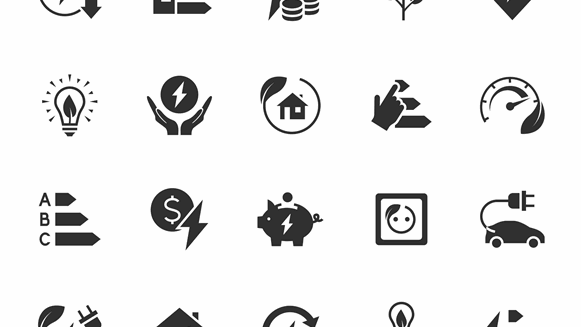The Philippines booked about $122 million (PHP 6.8 billion) in energy efficiency projects by 2021, the country’s Department of Energy (DOE) reported this week.
“Energy efficiency investments include projects that use energy-efficient technologies and practices, including the new installation, upgrade or modernization of specific equipment or devices, such as the modification of lighting, the system of automated lighting control or the intelligent control system, heating, ventilation and air conditioning ( HVAC upgrades, replacement of boilers and other similar devices or equipment), he said on Tuesday.
“The DOE also reported increased investment in solar PV [photovoltaics]Variable Frequency Drives (VFD), cogeneration system, district cooling system, pumping system, HVAC system, compressed air system, smart manufacturing system and building energy management system.
The government has required energy-intensive industries to report their annual energy consumption, as well as investments, under the Energy Efficiency Act 2019. The policy applies to so-called designated establishments (DE ), which are private entities in sectors such as industry. , agriculture and transport.
DEs that consumed more than four million kilowatt-hours (KWh) in 2020 accounted for more than $109 million (PHP 6.1 billion) of total energy efficiency investments recorded in 2021. Those that consumed between 500,000 and four million KWh was about $6.4 million (PHP 360 million). ).
“Meanwhile, a total of 4,782 DEs with an annual energy consumption threshold of more than 100,000 kWh equivalent recorded an investment of about PhP 306 million. [approximately $5.5 million]” said the DOE.
These investments “bring multiple benefits for companies, such as improving the sustainability of the energy system, supporting strategic economic and social development goals, promoting environmental goals and increasing prosperity,” he said. the Secretary of Energy, Raphael PM Lotilla, in a statement.
“Industry has a crucial role to play in our quest to achieve a low-carbon economy and, more importantly, to integrate it into their business models,” the DOE chief added.
Saving emissions
The Philippines recorded 130.4 metric tons of greenhouse gas (GHG) emissions carbon dioxide equivalent (MtCO2e) in 2021, up 6.4% from 2020, according to the DOE’s latest annual report “Key Energy Statistics”.
Electricity generation was the main contributor, with 73.88 MtCO2e. Transport followed at 31.54 MtCO2e. The industrial sector was next with 12.5 MtCO2e, followed by other sectors such as household, services and agriculture with 12.13 MtCO2e. Energy emissions not counted for power generation contributed 0.4 MtCO2e, including oil refining.
The country of more than 114 million people aims to reduce global warming emissions from its electricity sector by 4.34 MtCO2e between 2023 and 2024, according to its published revised energy efficiency roadmap Thursday. The target is 7.53 MtCO2e in 2025-28 and 54.03 MtCO2e in 2029-50.
The industrial sector should reduce GHG emissions by 17.43 MtCO2e in 2023-24 and 30.81 MtCO2e in 2025-28. The “National Energy Efficiency and Conservation Plan and Roadmap 2023-2050” set the sector’s 2029-50 target at 233.18 MtCO2e.
For the commercial sector, the archipelago aims to reduce emissions by 7.51 MtCO2e in 2023-24, 13.28 MtCO2e in 2025-28 and 110.5 MtCO2e in 2029-50.
The roadmap did not foresee target limits for the transport sector due to a lack of data.
Cost savings
Reducing energy intensity not only prevents climate-damaging emissions, but also saves costs and ultimately boosts the economy, the roadmap notes.
“The Philippines has one of the highest energy prices in Asia. For businesses, reducing energy costs by implementing energy-efficient products has the potential to free up capital, which they can use to further grow their organization and stimulate wider economic development”, he says.
For households, cheaper energy would stimulate spending, the roadmap adds.
To contact the author, please email jov.onsat@rigzone.com


